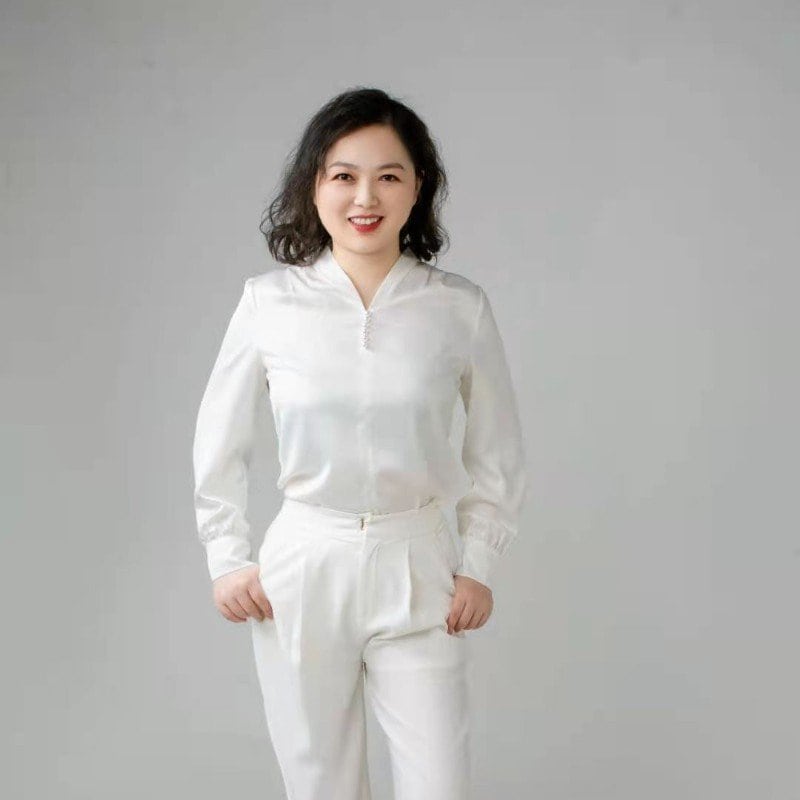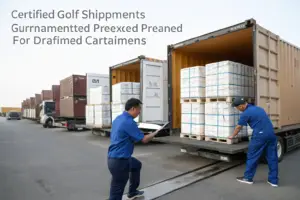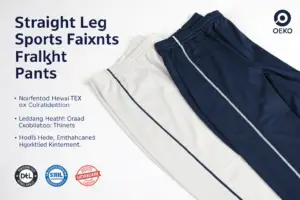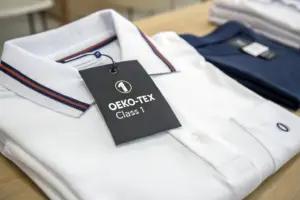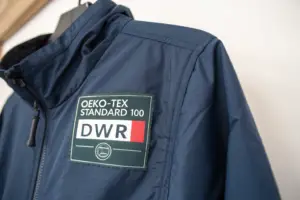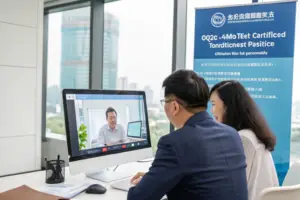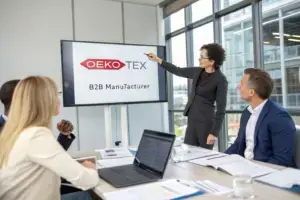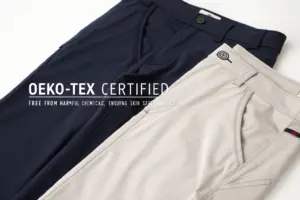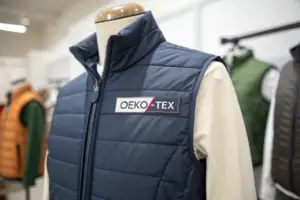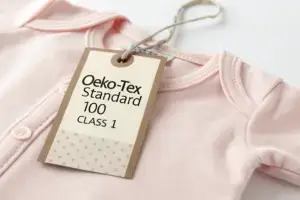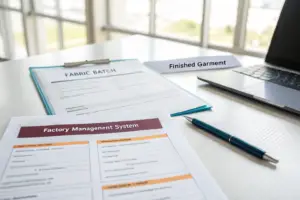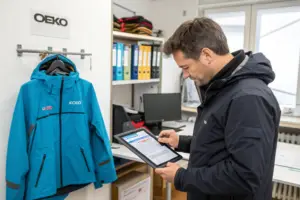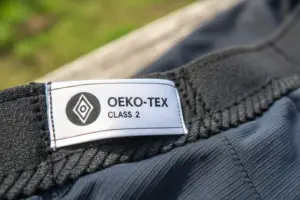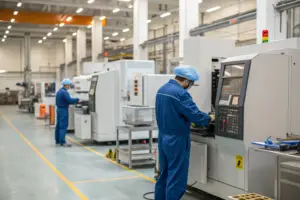When I first explored screen printing for my T-shirt business, I was shocked by the upfront costs. Misunderstanding pricing made me feel overwhelmed and discouraged from moving forward. Why exactly does screen printing cost so much?
Screen printing is expensive initially due to setup costs, including screens, inks, emulsion, and labor for preparing designs. The more colors and complex designs, the higher the setup fees. However, once set up, it becomes extremely affordable per shirt, especially for larger orders.
Clearly understanding why screen printing is costly upfront, comparing costs to alternative methods, and knowing how to judge its value helps me make informed business decisions. Let's dive deeper into these considerations.
Why Does Screen Printing Cost So Much?
When I started printing shirts, high screen printing prices almost made me reconsider. Not understanding the reasons clearly caused budgeting stress and anxiety. Why exactly is screen printing priced higher initially?
Screen printing costs more initially because each color in your design requires a separate screen setup. This means more preparation, materials, and labor. Additionally, costs for high-quality inks, emulsions, and professional curing equipment add to upfront expenses, especially for smaller orders.
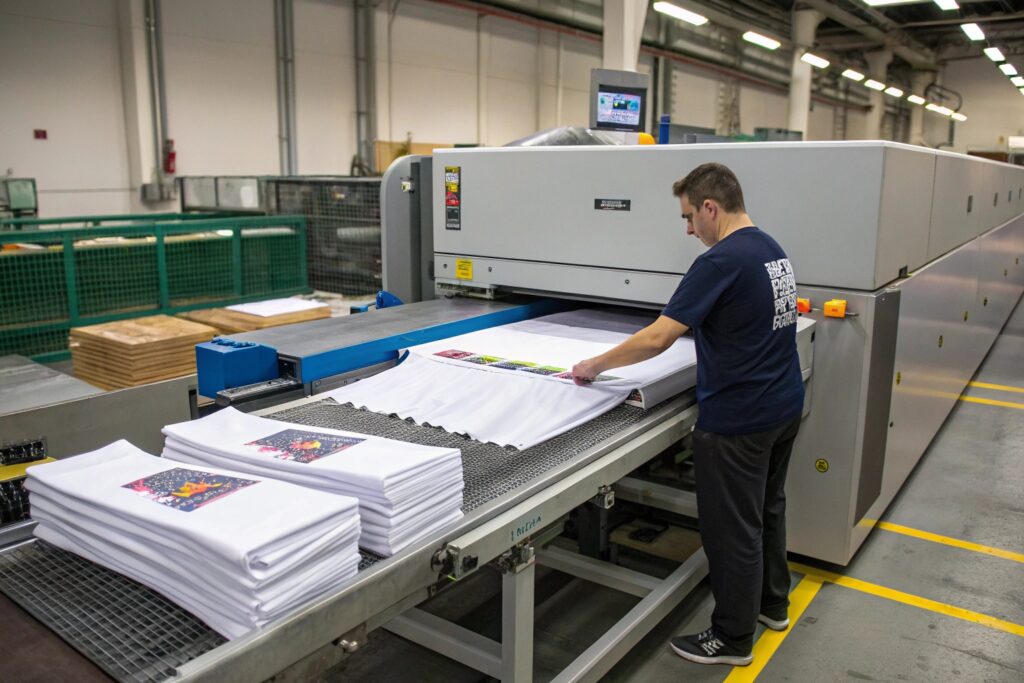
Cost Breakdown of Screen Printing Setup:
Here’s a clear breakdown explaining initial costs:
| Setup Item | Approximate Cost | Reason for Cost |
|---|---|---|
| Screens & Frames | $25–$50 each | Separate for each color |
| Emulsion & Supplies | $20–$50 per screen | Necessary for durable stencils |
| Ink | $15–$30 per color | Specialized, vibrant results |
| Labor/Preparation | $30–$50 per hour | Setup is time-consuming |
These factors combined create higher initial expenses.
How do design complexity and color affect costs?
More colors and complexity directly increase costs because each additional color requires:
- Additional screen setup.
- More preparation time.
- Increased material costs (inks and screens).
Simplifying designs significantly lowers my initial expenses and saves money.
![Screen Printing Costs]### Cost Breakdown of Screen Printing Setup:
Here’s a clear breakdown explaining initial costs:
| Setup Item | Approximate Cost | Reason for Cost |
|---|---|---|
| Screens & Frames | $25–$50 each | Separate for each color |
| Emulsion & Supplies | $20–$50 per screen | Necessary for durable stencils |
| Ink | $15–$30 per color | Specialized, vibrant results |
| Labor/Preparation | $30–$50 per hour | Setup is time-consuming |
These factors combined create higher initial expenses.
How do design complexity and color affect costs?
More colors and complexity directly increase costs because each additional color requires:
- Additional screen setup.
- More preparation time.
- Increased material costs (inks and screens).
Simplifying designs significantly lowers my initial expenses and saves money.
What Is Cheaper than Screen Printing?
Initially, high screen printing costs prompted me to look for cheaper alternatives. My confusion about alternative methods caused further mistakes and delays. What affordable alternatives to screen printing are available?
Cheaper alternatives to screen printing include heat transfer vinyl (HTV), heat transfers, and sublimation printing for small batches. These methods require lower initial investment and setup fees. However, they may not be as durable or cost-effective for large-volume production compared to screen printing.

Cost Comparison of Popular T-Shirt Printing Methods:
Here’s a clear cost comparison:
| Method | Ideal Order Size | Setup Cost | Per-Shirt Cost | Durability |
|---|---|---|---|---|
| Screen Printing | Large orders (50+) | Low for bulk | High | |
| Heat Transfer Vinyl | Small orders | Low-Medium | Medium | |
| Sublimation | Small-medium orders | Medium-high | High | |
| DTG Printing | Small orders | Medium-high | Medium |
When should I choose alternatives to screen printing?
Consider alternatives when:
- Producing smaller batches or personalized orders.
- Your designs are full-color, detailed graphics.
- Limited budget or space restricts large setups.
Clearly knowing when to choose alternative methods greatly improved my budgeting and printing outcomes.
How Long Does Screen Printing Last?
Initially, my lack of understanding of screen printing durability caused customer complaints due to prints fading quickly. Clearly knowing durability helps manage customer expectations. How long does screen printing actually last on shirts?
Screen printing typically lasts 40–50 washes or more without significant fading or cracking when printed correctly. Durability depends heavily on ink quality, fabric type, proper curing, and customer care. High-quality screen printing methods result in durable, long-lasting apparel.
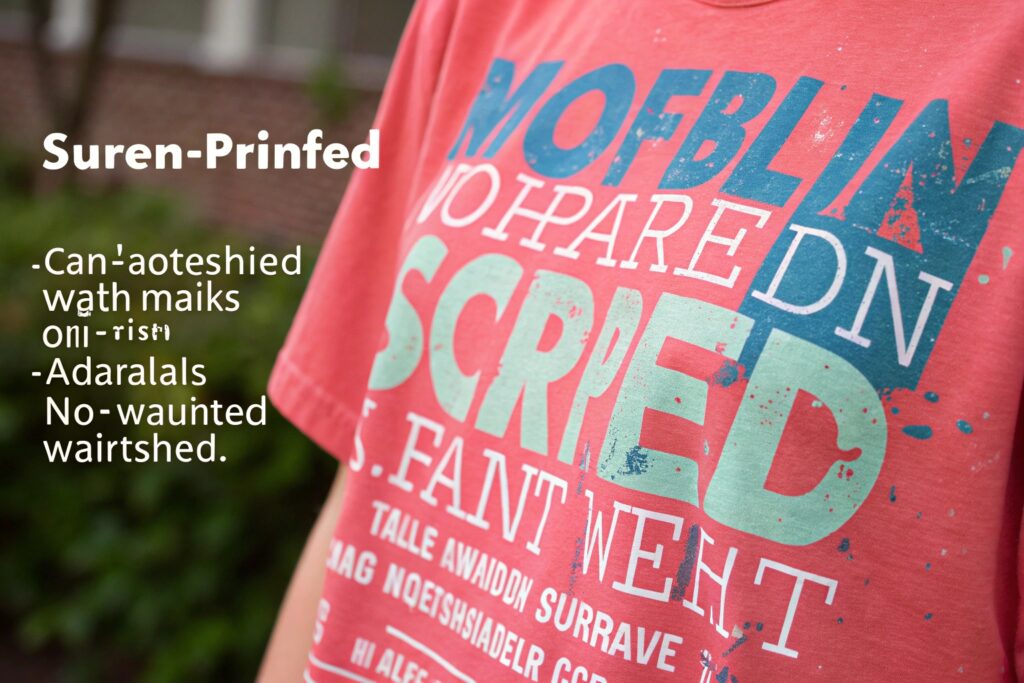
Factors influencing screen printing durability:
Clear factors affecting print life:
- Ink Quality: Premium plastisol inks provide greater durability.
- Fabric Choice: Cotton or cotton blends significantly improve ink adhesion.
- Proper Curing: Properly cured ink prevents fading and cracking.
Comparison of durability across printing methods:
| Method | Durability (washes) | Cost per Shirt | Best For |
|---|---|---|---|
| Screen Printing | 40–50+ washes | Lower in bulk | Large orders |
| Heat Transfer Vinyl | 20–25 washes | Medium | Personalized items |
| DTG Printing | 20–30 washes | Medium-high | Detailed small runs |
| Sublimation | 50+ washes | Medium-high | Polyester apparel |
What Are the Disadvantages of Screen Printing?
Initially, I overlooked the disadvantages of screen printing, causing production delays and unexpected expenses. Clearly knowing these limitations helps me plan better. What disadvantages should I know about screen printing?
Screen printing disadvantages include high initial setup costs, limited design flexibility (each color requires a separate screen), not ideal for small quantities, longer setup and turnaround time, and impracticality for detailed, full-color, photographic prints. Understanding these drawbacks helps determine when screen printing is suitable.

Major disadvantages of screen printing clearly explained:
- High Initial Costs: Multiple colors increase setup fees and materials.
- Limited Detail: Complex, multicolor, or photographic designs are challenging.
- Less Ideal for Small Orders: Costs per shirt are higher with smaller quantities.
When should I avoid screen printing?
Screen printing may not be best in these cases:
| Situation | Reason to Avoid Screen Printing |
|---|---|
| Small Orders | High per-unit cost, not cost-effective |
| Detailed Designs | Complexity increases costs significantly |
| Fast Turnaround | Slow setup and drying times cause delays |
Knowing these limitations clearly guides my printing method choices.
Conclusion
Clearly understanding the reasons behind high initial screen printing costs, exploring cheaper alternatives, knowing print durability, and recognizing potential disadvantages allows me to make smart, profitable decisions. This informed approach ensures higher profits, fewer mistakes, and more satisfied customers in my T-shirt printing business.


